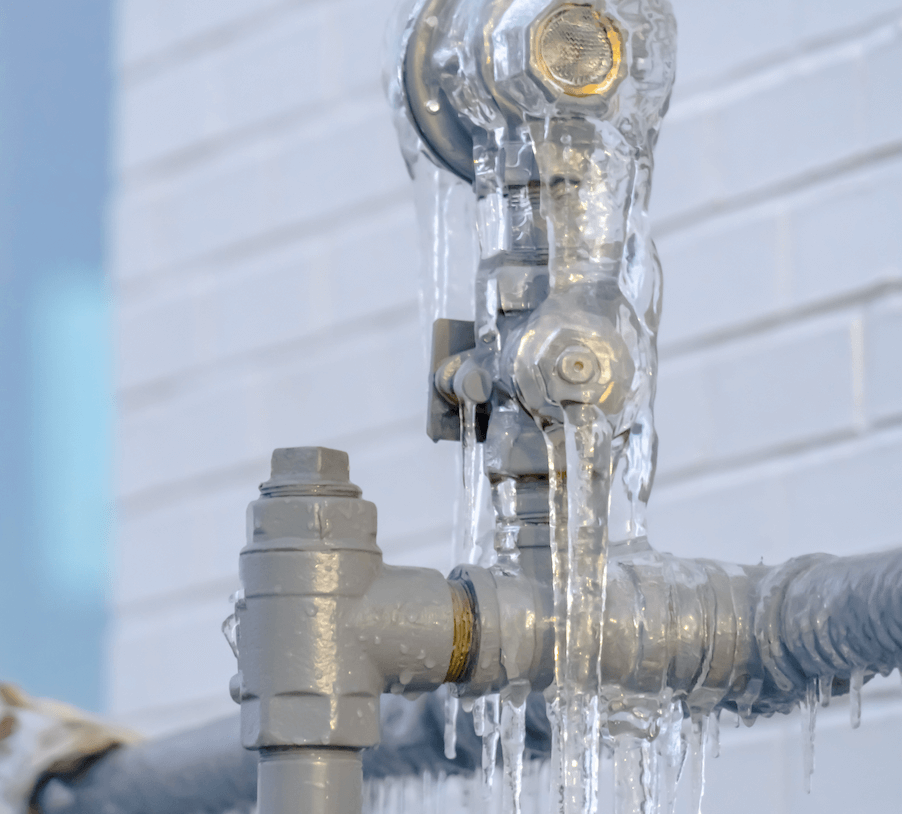Ways to Protect Pipes from Freezing: Specialist Advice
Ways to Protect Pipes from Freezing: Specialist Advice
Blog Article
In this article further down you might get additional first-rate guidance concerning How to Prevent Your Pipes From Freezing.

Cold weather can damage your pipes, specifically by freezing pipes. Here's exactly how to stop it from taking place and what to do if it does.
Introduction
As temperatures decrease, the danger of frozen pipelines boosts, possibly causing expensive repair work and water damage. Comprehending just how to stop icy pipes is crucial for property owners in chilly environments.
Prevention Tips
Protecting at risk pipelines
Wrap pipelines in insulation sleeves or make use of heat tape to safeguard them from freezing temperatures. Concentrate on pipelines in unheated or exterior areas of the home.
Home heating techniques
Keep indoor areas appropriately warmed, particularly areas with pipes. Open cupboard doors to enable cozy air to distribute around pipes under sinks.
How to recognize icy pipes
Search for lowered water flow from taps, unusual odors or noises from pipelines, and noticeable frost on subjected pipelines.
Long-Term Solutions
Structural adjustments
Think about rerouting pipes far from exterior walls or unheated areas. Add added insulation to attics, cellars, and crawl spaces.
Updating insulation
Buy premium insulation for pipes, attics, and walls. Correct insulation assists keep consistent temperatures and decreases the threat of icy pipelines.
Safeguarding Outside Plumbing
Garden pipes and outdoor taps
Detach and drain pipes yard tubes before winter season. Mount frost-proof spigots or cover outdoor faucets with protected caps.
Understanding Icy Pipes
What triggers pipelines to freeze?
Pipes ice up when subjected to temperature levels listed below 32 ° F (0 ° C) for prolonged periods. As water inside the pipes freezes, it increases, putting pressure on the pipe wall surfaces and potentially creating them to break.
Risks and damages
Icy pipelines can bring about supply of water disturbances, home damages, and pricey fixings. Burst pipes can flooding homes and create extensive structural damage.
Indications of Frozen Pipeline
Determining frozen pipes early can prevent them from breaking.
What to Do If Your Pipelines Freeze
Immediate actions to take
If you presume frozen pipelines, maintain taps available to relieve pressure as the ice thaws. Use a hairdryer or towels soaked in hot water to thaw pipelines gradually.
Conclusion
Preventing icy pipelines needs positive steps and quick responses. By understanding the reasons, signs, and preventive measures, homeowners can safeguard their pipes during cold weather.
5 Ways to Prevent Frozen Pipes
Drain Outdoor Faucets and Disconnect Hoses
First, close the shut-off valve that controls the flow of water in the pipe to your outdoor faucet. Then, head outside to disconnect and drain your hose and open the outdoor faucet to allow the water to completely drain out of the line. Turn off the faucet when done. Finally, head back to the shut-off valve and drain the remaining water inside the pipe into a bucket or container. Additionally, if you have a home irrigation system, you should consider hiring an expert to clear the system of water each year.
Insulate Pipes
One of the best and most cost-effective methods for preventing frozen water pipes is to wrap your pipes with insulation. This is especially important for areas in your home that aren’t exposed to heat, such as an attic. We suggest using foam sleeves, which can typically be found at your local hardware store.
Keep Heat Running at 65
Your pipes are located inside your walls, and the temperature there is much colder than the rest of the house. To prevent your pipes from freezing, The Insurance Information Institute suggests that you keep your home heated to at least 65 degrees, even when traveling. You may want to invest in smart devices that can keep an eye on the temperature in your home while you’re away.
Leave Water Dripping
Moving water — even a small trickle — can prevent ice from forming inside your pipes. When freezing temps are imminent, start a drip of water from all faucets that serve exposed pipes. Leaving a few faucets running will also help relieve pressure inside the pipes and help prevent a rupture if the water inside freezes.
Open Cupboard Doors
Warm your kitchen and bathroom pipes by opening cupboards and vanities. You should also leave your interior doors ajar to help warm air circulate evenly throughout your home.

I hope you enjoyed our post about 6 Ways to Prevent Frozen Pipes. Thanks a lot for spending some time to read our post. Do you know about anybody else who is truly interested in the subject? Take a moment to promote it. I treasure your readership.
Schedule Service Now Report this page